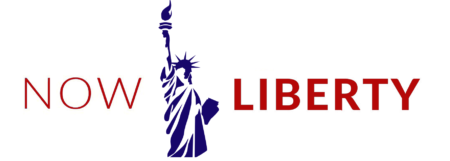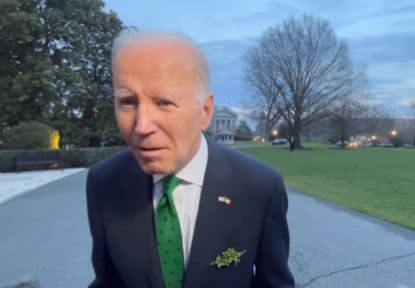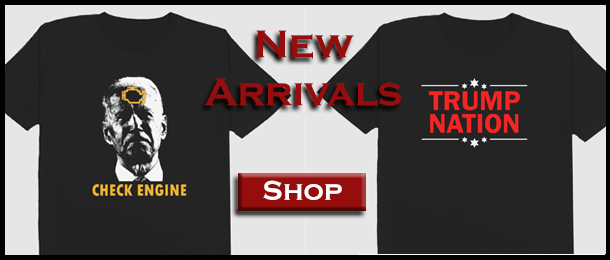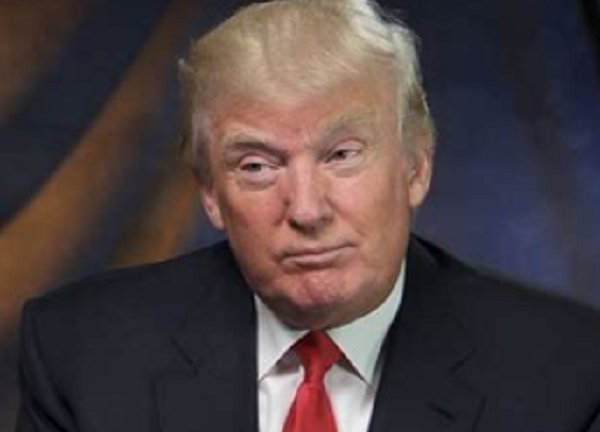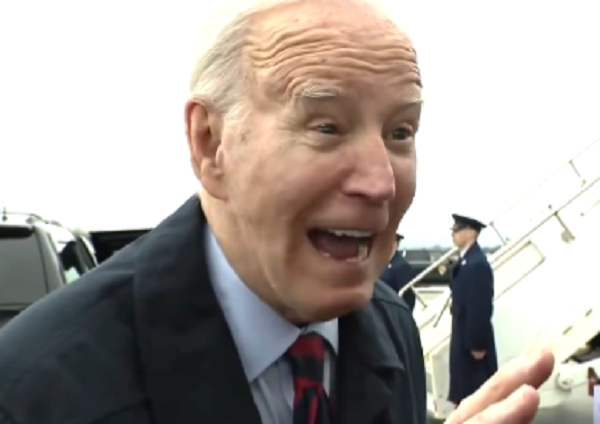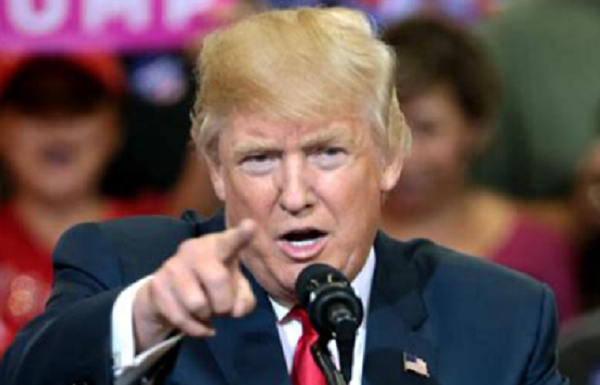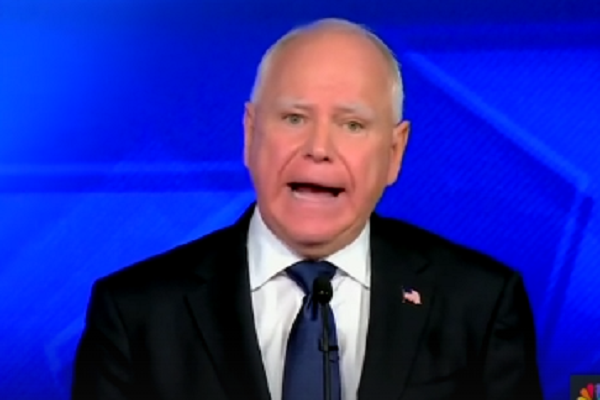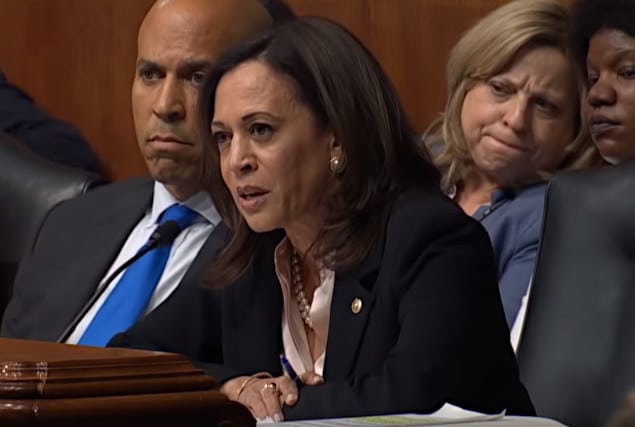Insiders within the White House have allegedly exposed the efforts made to hide President Joe Biden’s physical and mental challenges from the American public. A closer examination of the inner workings of the White House reveals the strategies employed to control Biden’s public image. This investigation sheds light on the attempts made by the White House and First Lady Jill Biden to navigate the President’s difficulties with public speaking and memory.
The approach taken by Biden’s administration is reminiscent of the plot in the movie “Weekend at Bernie’s,” where two individuals try to convince others that their deceased boss is alive and well. Notably, President Biden has conducted fewer press conferences and formal interviews during his first three years in office compared to his recent predecessors. This deliberate choice suggests an effort to carefully manage the President’s public engagements due to concerns about his verbal mistakes and memory lapses. The rare instances when President Biden does interact with the press, usually late at night and in solitude, indicate a preference for unscripted interactions.
However, these occurrences are infrequent and typically occur outside the structured environment of formal press conferences. When Jill Biden accompanies the President, it sends a clear message that no questions will be entertained. This unspoken rule, observed by reporters, underscores her significant role in managing the President’s public appearances.
The concerns surrounding President Biden’s ability to effectively engage without safeguards are further emphasized in Special Counsel Robert Hur’s report, which characterizes him as an “elderly man with a poor memory.” This characterization has sparked discussions regarding the necessity of the tactics employed by the White House. It is evident that President Biden has had limited direct engagement with the media, with only three solo White House press conferences since January 2021.
This approach appears to be a deliberate effort to minimize the chances of making mistakes that could dominate news cycles. During a press conference in November 2022, Jill Biden strategically positioned herself to obstruct journalists’ views, clearly attempting to control the narrative. These maneuvers are part of a broader strategy to protect the President from potentially unfavorable situations. Notably, President Biden’s second White House press conference in January 2022 was marked by several factual inaccuracies, particularly regarding his comments on Russia and Ukraine. This event serves as an example of the risks associated with his unscripted remarks.
Katie Rogers’ forthcoming book provides quotes that shed light on Jill Biden’s frustration and active involvement in handling press events. The fact that her aides remained silent during a challenging moment greatly disappointed Jill Biden, revealing the complex dynamics within the team.
Jill Biden reportedly questioned why nobody intervened, highlighting the delicate balance between maintaining a controlled image and fostering genuine dialogue. Prominent members of the White House staff, including then-Press Secretary Jen Psaki and Meghan Hays, have been visibly engaged in managing Biden’s interactions with the media, indicating a strong emphasis on safeguarding the president’s public image.
To address the difficulties of managing press access, the White House introduced a prescreening process for reporters.
Initially modified in response to protests from the press corps in the summer of 2022, this process was further tightened following the release of Hur’s report. President Biden’s verbal mistakes, such as mistakenly identifying foreign leaders and cities, have been a recurring issue. These errors, like confusing the Egyptian president with the president of Mexico, underscore the reasons behind the White House’s cautious approach to his public appearances.
